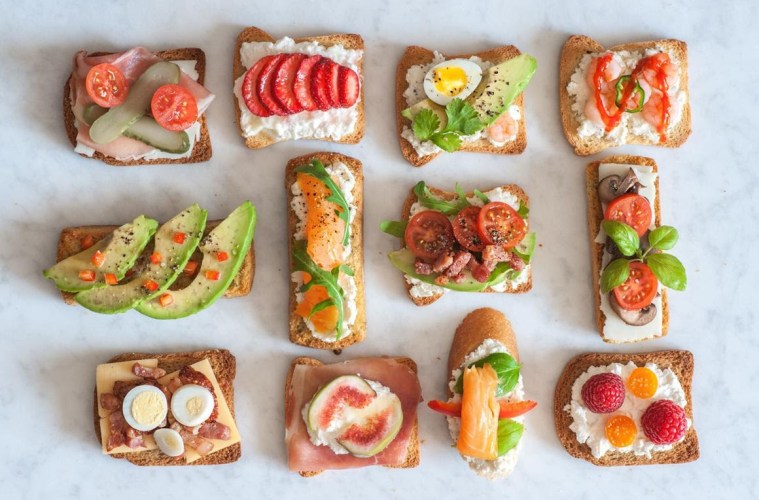Researcher Linda Hagen, an assistant professor of marketing at the USC Marshall School of Business and an expert in eating behavior, food consumption and guilt, says it’s time for industry and policymakers to take measures to protect public health.
“Marketers frequently style food to look pretty,” Hagen, the study’s lead author, said in a press release. “In our minds, people associate aesthetic beauty with nature and natural things, which transfers to perceptions that pretty food is healthy food, but people are often misled by the prettiness of food that’s not very good for you.”
According to the study, consumers see almost 7,000 food and restaurant ads annually — about 19 per day — and nearly three-quarters of the messages promote fast food. Advertisers employ teams of food stylists and digital tools to render food irresistible. The images include the artful architecture of a hamburger, a perfect circumference of cheesy pizza or cascading colorful nachos or French fries.
The release goes on to say that Hagen examined how classical aesthetics used in food presentation skews perception. Features such as symmetry, patterns, order and balance are hallmarks of classical beauty because they mimic nature. Spider webs, honeycombs, a starfish or sunsets, butterfly wings or fish scales – food looks pretty when it copies nature. Additionally, previous neuroscience research suggests viewing delectable food images activates the brain’s gustatory cortex, essentially simulating the food’s pleasurable taste.

Linda Hagen (Courtesy USC Marshall School of Business)
In a series of experiments involving 4,300 subjects, the researcher asked people to examine photos of food as well as actual samples of food, then evaluate the displays as healthy or unhealthy and processed or unprocessed.
In the first study, 800 people were asked to search the internet and pick out samples of pretty or ugly food. The subjects returned with images of ice cream, lasagna, omelets and sandwiches, among other items. Next, subjects were asked to determine if the food was nutritious and healthy or not. Overwhelmingly, both men and women reported that pretty food was healthier.
In another experiment, 400 subjects evaluated two renderings of avocado toast: one image that showed neatly sliced crescents of delicate avocado arrayed on the toast and the other that depicted the fruit as a chunky green glop smeared on the bread. The participants were asked to rate the images by healthiness, naturalness and tastiness.
For each criterion, the subjects reported the pretty version of avocado toast as healthier and more natural, but the foods were viewed as equally expensive and tasty, the study shows.
The same outcome occurred with another group of 800 study participants who viewed pictures of foods such as cupcakes, almond bread with bananas and a plate of spaghetti marinara — but with a caveat. Before they saw the images, the researcher had advised the subjects that the image they were about to see was aesthetically either flawed or beautiful, even though the image was the exact same photo. Biased by their expectation, the subjects considered the “ugly” food less natural and nutritious than the “pretty” food, though there was no real difference.
The effect holds true at the grocery store, where people consider natural things — organic food, natural remedies or garden crops — to be healthier than unnatural things such as processed food or synthetic chemicals.
Given that stylized food advertisements can mislead consumers into making unhealthy choices, the study suggests that companies or regulators consider measures such as disclaimers on food images in ads to disclose that the product has been modified to enhance its healthy appearance.
“Many food advertisements and restaurant menus may be suggesting greater levels of healthiness in food than is true,” Hagen said. “The use of aesthetics that misleads people warrants close consideration by policymakers. A statement that explicitly reminds people that pretty food was modified for depiction helped mitigate the effect in the lab, so disclaimers may be an effective way to protect consumers.”



